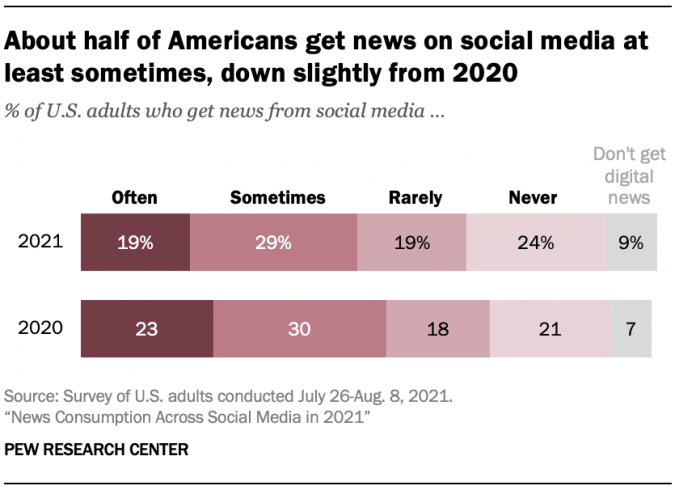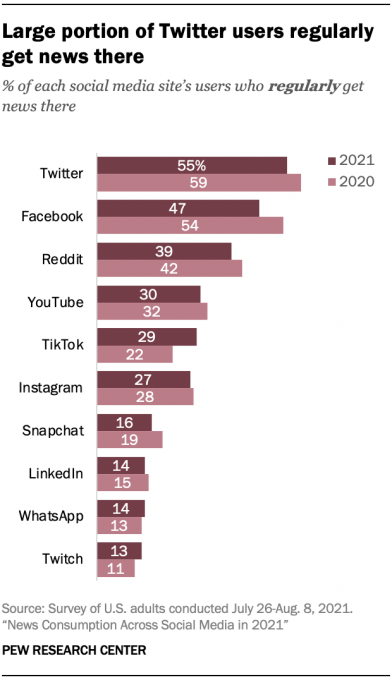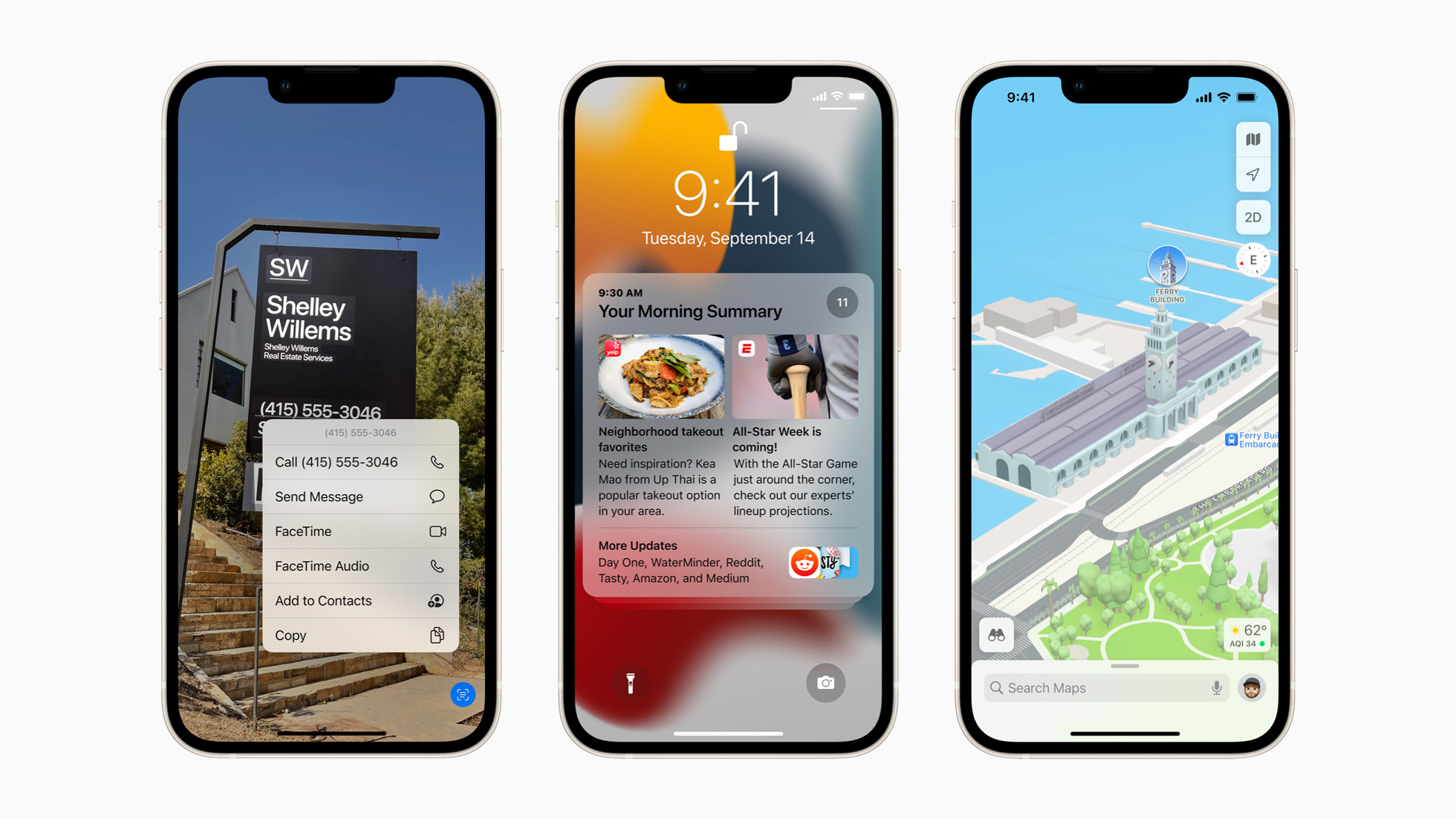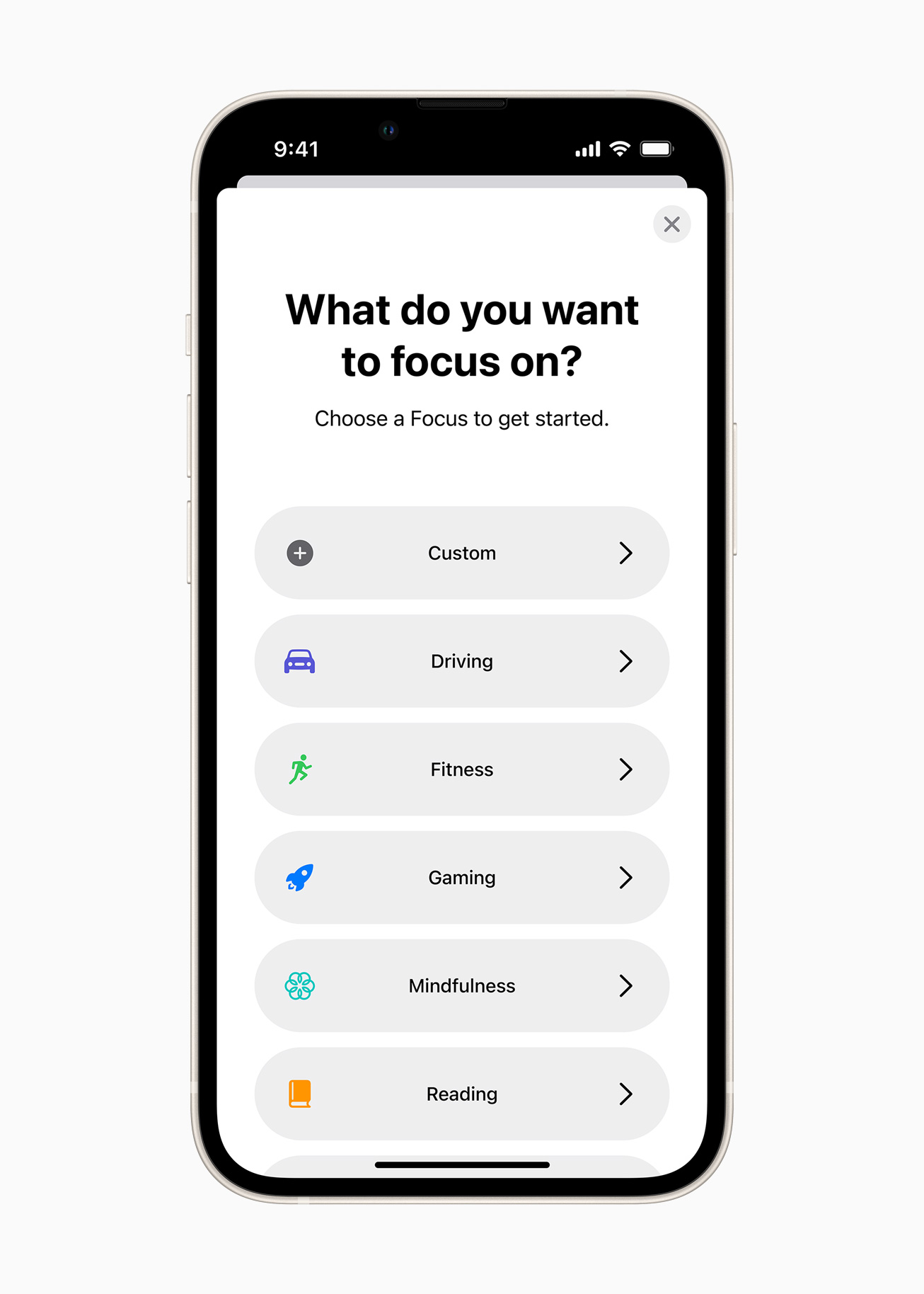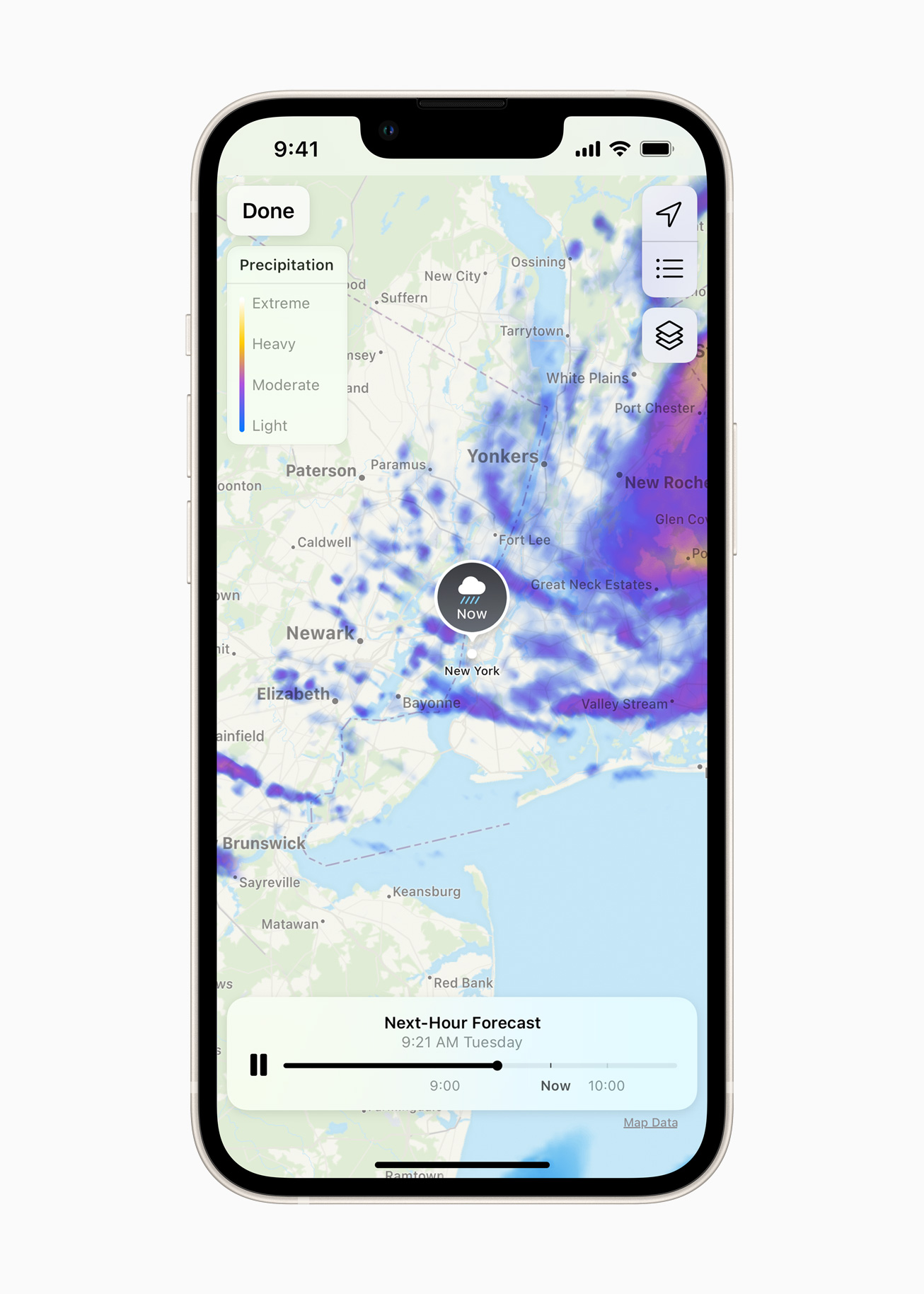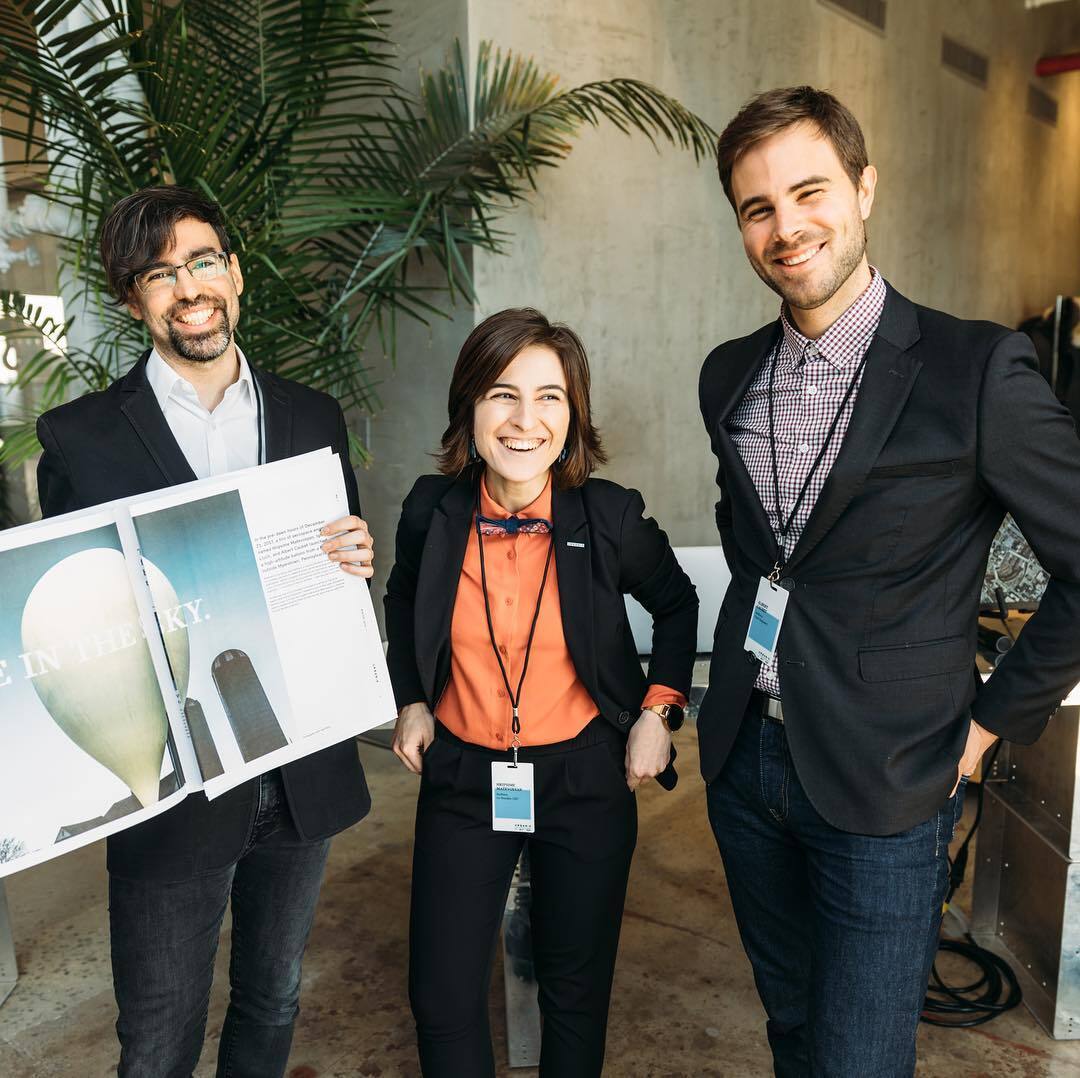When you are the founder of a young startup, it is always very hard to gauge the right amount of effort to dedicate to marketing. Botch it and you risk looking unprofessional. Hire a traditional agency and you might be wasting time and money.
Australian growth marketing agency Ammo, in contrast, wants to make sure that its clients aren’t overinvesting nor underinvesting. Geared toward tech startups, it boasts that it has “supercharged the growth of over 200 innovative businesses,” from fintech and SaaS to hardware.
Ammo is based in Perth and an active member of Western Australia’s startup community, where it is “very highly regarded,” in the words of the survey respondent who recommended it to TechCrunch. But if that person decided to work with Ammo, they said it’s because “their results spoke.” (If you have growth marketing agencies or freelancers to recommend, please fill out our survey!)
After reading this, we reached out to Ammo’s director Cam Sinclair for insights on early-stage brand development, marketing readiness and more. Check out our interview below:
Editor’s note: The interview below has been edited for length and clarity.
Can you give us an overview of Ammo?
Cam Sinclair: Ammo is a growth marketing team based in Perth, Western Australia. We work with startups and innovative businesses to help them set and reach their growth goals.

Cam Sinclair. Image Credits: Aline Kuba(opens in a new window)
We’ve been in this community for seven years now, and have a small, lean team from a variety of backgrounds — none of which are traditional marketing.
As a nerdy kid I loved tech and was fascinated by how business works. I always knew I wanted to find some way to help founders and innovators get their great ideas out into the world. After working in political campaigns, I realized that many of the skillsets overlapped with what startups need: moving fast, being lean, communicating well, being adaptable and staying flexible.
That inspired me to grow an “anti-agency” where startup founders could genuinely feel like they had someone on their team who understood their challenges and the risks they were taking.
How do you collaborate with startups?
Our services cater to every stage of the founder journey. When you’re starting, you’ll need a brand, strategy and the marketing infrastructure to reach early customers. As you’re growing, you’ll need ongoing marketing campaigns and automation that bolsters your funnel. As you’re maturing, you’ll need the broader reach that PR and ongoing strategic advice provides.
We like to keep engagements as flexible as possible because startups are always discovering new marketing opportunities or customer needs. Some relationships are ongoing, others are quick projects completed in a week. Our long-term relationships start with a growth strategy workshop, where we identify a north star metric so that everyone is pulling in the same direction from day one.
Our workshops help startup teams design a customer journey using the pirate metrics framework and turn that into a clear, step-by-step action plan which they can implement or outsource.
Have you worked with a talented individual or agency who helped you find and keep more users?
Respond to our survey and help other startups find top growth marketers they can work with!
There’s a survey on your site that encourages companies to check whether they are “ready for growth marketing.” What are the high-level points that make a company ready?
It’s really about having a small number of early fanatical customers — evangelists. Many people call it product-market-fit, but it’s really customer fit.
There is little point in lighting a rocket under a startup to grow and reach a wide audience without a clear, confident direction. Sure, you might get somewhere fast, but where are you going?
We’ve made the mistake of taking on clients who were too early for growth, so we know how important it is to say “no” when it’s not a good fit. We can direct all the traffic in the world to your website, but without customer fit you’ll be fighting for every sale.
Startups need to get a few things right to be primed for growth. Not every startup will be ready for what we can do for them. We’re focused on our own customer fit too.
For one-on-one work, who are your typical clients?
Our most successful relationships are with startups who have already established customer fit and are looking to grow quickly. We work with B2B and B2C SaaS companies, as well as more traditional businesses who are looking to disrupt the way things are done in their industry.
We’ve grown startups in Australia and abroad, including neuroscience startup Humm, based in Berkeley, California. We worked with them to identify early customers and preorder channels while they were gathering initial investment, build a learning/experimenting system within the team as they grew and, more recently, provide advisory at a strategic level.
What mistakes do you help startups avoid when it comes to branding?
After working with over 230 startups, we know what works and what doesn’t. Our clients work with us because they know we can help them avoid the pitfalls that inexperienced founders regularly fall into and make the most of the tight budgets that startups run on.
Marketing agencies are taking money that startups don’t have to build brand identities that startups don’t need. We would much prefer to see those resources invested into building their product and talking to their customers.
That said, it’s important for a landing page or slide deck to be believable to customers, investors and partners — and when startups underinvest in their branding, people are less likely to hand over their attention, email address and money.
For example, some clients often don’t even have suitable logo files or a wide enough color palette to create websites that effectively convert people into customers. If someone can’t clearly see your “sign-up” button when they land on your website because everything on your website is blue, it doesn’t matter how good your product or service is.
Can you explain why you advise startups to create a “minimum viable brand”?
The temptation in the startup world is to use a freelancer through an online marketplace (or even worse — letting an overenthusiastic employee create a logo in PowerPoint). But this usually results in a surface-level logo design without any consideration for how it might develop over time or fit within a larger brand identity.
Other startups might work with an agency to create a brand identity, and this can lead to brand overkill — stationery kits, photography, lofty mission statements and endless meetings. None of which pre-seed startups need yet. This process wastes time and money better spent elsewhere and traps pivoting startups with an expensive brand that can’t evolve as they do.
We take branding processes used by world-class agencies and distill it down to the core parts of the brand you need right now. This leads to a minimum viable brand identity that’s built to grow and created with the expectation that it will change as your startup does. It’s inspired by lean methodology and the minimum viable product (MVP) — it’s built to challenge assumptions and catch the attention of customers without overinvesting.
What’s the process you follow to help startups develop their minimum viable brand?
Initially we help them come up with a name.
Naming is important so we generally invest time into this part to avoid changing it in the future if possible. We want to make sure it meets the basic principles of distinctiveness, brevity, appropriateness, easy spelling and pronunciation, likeability, extendibility and protectability (based on Marty Neumeier’s branding-in-business book Zag).
From there we design a logo. A good logomark (the “icon” part of the logo) is generally figurative and not literal. It should be scalable, simple and work in multiple environments including single color black or white. The logo is then complemented with brand color selections, fonts and simple imagery direction to create a basic but useful brand guide.
Most importantly, we believe your startup’s brand guidelines should be available publicly online, rather than in a PDF hidden in a folder on your Dropbox. Somewhere that you can direct your team members and partners to so you can ensure everyone can maintain brand consistency.
How does Ammo compare to having an in-house CMO?
Like a CMO, we’re strategic. But unlike a CMO, we have experience with hundreds of startups across dozens of industries — we can pull insights and lessons from unexpected places when we’re working with clients.
While we align closely with commercial goals like an in-house CMO, we also know the importance for startups to move quickly. That’s why everyone at Ammo rolls up their sleeves and gets things done for our clients.
We don’t have the mindset of taking months to develop an annual marketing strategy, we want to help our clients get in front of customers quickly, collect valuable data along the way and stay nimble to adapt when they need it.
How do you and your clients measure your impact?
At Ammo, we don’t measure time, we measure outcomes. At the start of every project we define what success looks like with the client. Every client is different, and we’re responsive to that. We check back in with ongoing clients in monthly meetings to see how we’re tracking toward the success metric we agreed on, adjusting as necessary.
All of this is measured through quantitative analytics, qualitative feedback from customers and gut instinct.
In the past we have described our role as making ourselves obsolete — that our clients would grow large enough to be able to hire their own in-house marketing team. Today we still retain many of these client relationships in different ways, by providing more strategic advice. Those long-term relationships are the greatest indication to us that we’ve had a valuable impact.
from TechCrunch https://ift.tt/3lGP61V
https://ift.tt/2XwIxH5

